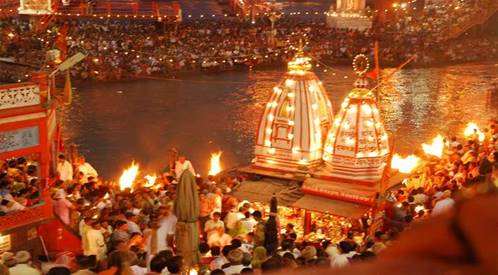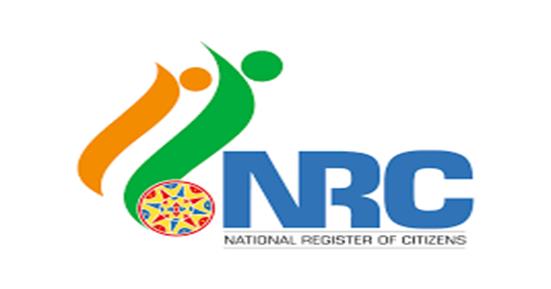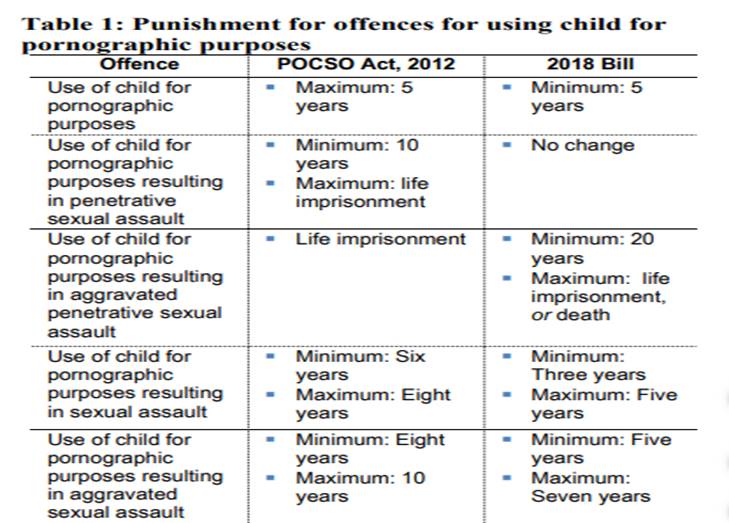Japan approves growing human organs in animals for the first time
News Important for: GS Paper – 3 I Science and Technology- developments and their applications and effects in everyday life.
Context
The government of Japan has granted permission to study the possibility of growing human organs in animals.
About
- The Scientists in Japan will begin to research and will try to grow human organs in animals.
- The Modified embryos will be implanted with human cells.
- Japan would be the first study to growing human organs in animals.
- The research involves implanting modified animal embryos with human “induced pluripotent stem” (iPS) cells.
- These cells can be coaxed into forming the building blocks of any part of the body.
- Japan had previously required researchers to terminate animal embryos implanted with human cells after 14 days and prevented the embryos from being placed into animal wombs to develop.

|
Induced pluripotent stem cells
- Induced pluripotent stem cells (also known as iPS cells or iPSCs) are a type of pluripotent stem cell that can be generated directly from adult cells.
- iPSC are derived from skin or blood cells that have been reprogrammed back into an embryonic-like pluripotent state that enables the development of an unlimited source of any type of human cell needed for therapeutic purposes.
|
Process Involved in growing the organs
- The research involves generating animal embryos in mice, rats or pigs — that lack a particular organ such as a pancreas.
- The modified embryos are then implanted with human iPS cells that can grow into the missing pancreas.
- The embryos would be transplanted into wombs where they could theoretically be carried to term with a functioning human pancreas.
Source Link:
https://www.thehindu.com/todays-paper/tp-life/japan-approves-growing-human-organs-in-animals-for-the-first-time/article28789728.ece
Culture Ministry comes up with a 100-day agenda
News Important for: GS Paper – 1 I Indian culture will cover the salient aspects of Art Forms.

Context
The ministry of Culture and Tourism launched 100 day agenda for development of places for aarti in country.
About
- According the plan proposed the big screens for aarti will be installed at 24 spots.
- Installing big screens and audio systems at two dozen spots where a large number of devotees gather for prayers or aarti.
- The plan will also roll out 25 science museums on wheels to reach out to rural students.
- The digging of rainwater harvesting pits will also be done at 100 major monuments across the country
- The imitative is the part of recent incumbent government’s plan for its first 100 days after returning to power in May.
- The Ministry would be focusing on constructing three pits each at 123 sites, including the 100 monuments covered under the Adarsh Smarak scheme.
- The greening of the sites would also be carried out focusing on planting trees that have long lives.
- At present there are many places where aarti takes place and a large number of people participate, but it is unplanned.
- The top spots to be included are Har ki Pauri in Haridwar and sites in Uttar Pradesh, Himachal Pradesh and Gujarat.
- The 25 new vans would be deployed in the 115 “aspirational districts”, as identified by the Central government.
Source link:
https://www.thehindu.com/todays-paper/tp-national/culture-ministry-comes-up-with-a-100-day-agenda/article28789793.ece
India’s GDP growth estimate to be low
News Important for: GS Paper – 3 I Economy
Context
The rating agency Crisil report has cuts India’s GDP growth estimate for FY20 by 20 bps.

Analysis
- The slowdown would be pronounced in the first half.
- The second half should find support from expected monetary easing, consumption, and statistical low-base effect.
- Crisil has its estimate of India’s gross domestic product (GDP) growth by 20 basis points (bps) to 6.9 per cent for the fiscal 2019-20.
- The slowdown in the estimate due to a host of downside risks including:
- Weak monsoon
- Slowing global growth
- Sluggish high-frequency data for the first quarter.
Concerns
- The crucial question is whether the fiscal constraints, public spending is unlikely to have the heft to pull growth above 7 per cent.
- The Agricultural terms of trade are also expected to improve with a pick-up in food inflation.
- There would be some near-term onus on monetary policy to stimulate. But how effective that can be is the big question.
- The disruptions in policy initiatives and reforms, and rising global uncertainty including from trade disputes.
- The funding is becoming a challenge and non-banking financial institution caught up in managing liquidity.
Conclusion
- India’s GDP had grown at an impressive 8.2 per cent in fiscal 2017, the fastest in a decade.
- The government needs to formulate the policy that should promote sustainable and inclusive GDP growth.
Source link:
https://indianexpress.com/article/business/economy/crisil-cuts-indias-gdp-growth-estimate-for-fy20-by-20-bps-5871150/
Assam government releases the NRC list of each district
News Important for: GS Paper – 2 I Important aspects of governance, citizens charters
Context
The Assam government placed a detailed district-wise list of people whose names were excluded in the National Register of Citizens (NRC) in the assembly.

Analysis
- According to the government's data, 87.85 per cent of the total 3.29 crore applicants were included in draft NRC, leaving out about 40 lakh people or 12.15 per cent.
- Minority-dominated Hojai district with 32.99 per cent and Darrang district with 30.90 per cent have the highest number of people left out. Majuli with 1.62 percent has least people left out of draft NRC.
- In districts close to the Bangladesh border — where the share of Muslims in the population is high — the exclusion percentage was lower.
|
This was the first time that the district-wise data of people excluded and included in Assam's NRC has been made public since its release in July last year.
|
- As per the Supreme Court’s directions to the State NRC Coordinator almost a year ago, the Assam government revealed district-wise figures of people left out from the National Register of Citizens.
- On August 2018, the Supreme Court had asked Hajela “to file in Court, in a sealed cover, the percentage of the population in each district (district-wise) who have been left out of the final draft NRC.”
- The percentage of Muslim population in Dhubri was 79.67%, and in Karimganj was 56.36%, according to Census 2011.
- The government highlighted that reports “suggested wrongful inclusions and exclusions in the NRC”. This was the reason the state demanded a 20% re-verification in districts closer to the Bangladesh border and 10% re-verification in others, it said.
- The overall data provided by the government in the Assembly places Hojai district at the top with an exclusion rate with 32.99%, followed by Darrang at 30.9% (Muslim population 64.34%, according to 2011 Census). Hojai was carved out of Nagaon in 2015, and apart from Muslims, it is home to large numbers of indigenous tribes and Bengali-speaking Hindus.
- The exclusion rate in Nagaon (Muslim population 55.36%) was 14.12%. Other Muslim-majority districts like Morigaon (52.56% Muslims) and Barpeta (70.74% Muslims) left out 15.04% and 13.4% of the population, respectively.
- The Draft data of the National Register of Citizens or NRC in Assam showed many people in the border districts
- The Supreme Court has extended its July 31 deadline to August 31 for publication of the final Assam National Register of Citizens (NRC).
Source link:
https://indianexpress.com/article/india/flying-in-sc-face-assam-releases-list-of-how-many-out-of-nrc-in-each-district-5870990/
Rajya Sabha passes POCSO (Amendment)
News Important for: GS Paper – 2 I Important aspects of governance, Bill and rule of law
Context
The Rajya Sabha amendments to the POCSO Act by including death penalty for aggravated sexual assault on children.
About
- The proposed changes in the Protection of Children from Sexual Offences (POCSO) Act also provide for fines and imprisonment to curb child.
- The Protection of Children from Sexual Offences (Amendment) Bill, 2019 was introduced in the Rajya Sabha by Women and Child Development.
- The amendments aim to combat rising cases of child sex abuse.
- The fast-courts have been sanctioned by the government especially for women.
Case status
- More than one lakh cases are pending across the country and 18 states have given consent to establish these courts.
- The government has sanctioned over Rs 700 crore for the expenditure and by 2021, we aim to form these courts," she added.
- Over 6 lakh sexual offenders have been registered under the National Sexual Offenders Registry (NSOR).
- National Crime Record Bureau has no data on offences against children after 2016.
- Over one lakh such offences, the trial was completed in around 10,000 cases with conviction in 30 per cent cases.

Source:
The Indian Express
*************************************************************************************









